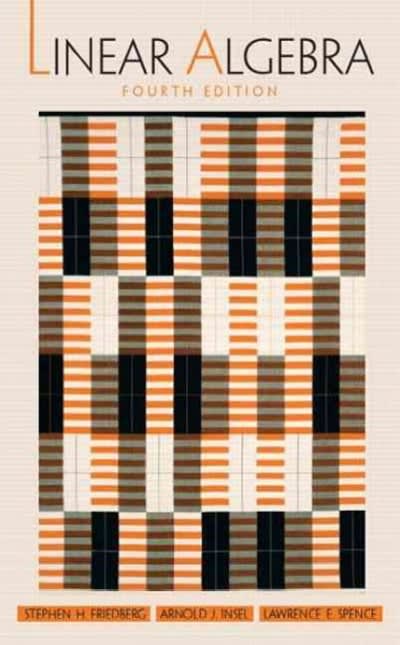51% of students entering four-year colleges receive a degree within six years. Is this percent different from for students who play intramural sports? 128 of the 217 students who played intramural sports received a degree within six years. What can be concluded at the level of significance of of = 0.05? a. For this study, we should use | Select an answer b. The null and alternative hypotheses would be: Ho: ? v Select an answer V please enter a decimal) H, : 2 v Select an answer V (Please enter a decimal) C. The test statistic [? v ) = (please show your answer to 3 decimal places.) d. The p-value = (Please show your answer to 4 decimal places.) e. The p-value is ? va f. Based on this, we should |Select an answer V | the null hypothesis. g. Thus, the final conclusion is that ... The data suggest the population proportion is not significantly different from 51% at a = 0.05, so there is not sufficient evidence to conclude that the population proportion of students who played intramural sports who received a degree within six years is different from 51%. The data suggest the population proportion is not significantly different from 51% at a = 0.05, so there is sufficient evidence to conclude that the population proportion of students who played intramural sports who received a degree within six years is equal to 51%. The data suggest the populaton proportion is significantly different from 51% at a = 0.05, so there is sufficient evidence to conclude that the population proportion of students who played intramural sports who received a degree within six years is different from 51% h. Interpret the p-value in the context of the study. If the population proportion of students who played intramural sports who received a degree within six years is 51% and if another 217 students who played intramural sports are surveyed then there would be a 1.86% chance that either more than 59% of the 217 studetns surveyed received a degree within six years or fewer than 43% of the 217 students surveyed received a degree within six years. There is a 1.86% chance that the percent of all students who played intramural sports who received a degree within six years differs from 51%. O If the sample proportion of students who played intramural sports who received a degree within six years is 59% and if another 217 voters are surveyed then there would be a 1.86% chance that we would conclude either fewer than 51% of all students who played intramural sports received a degree within six years or more than 51% of all students who played intramural sports received a degree within six years. O There is a 1.86% chance of a Type | error. i. Interpret the level of significance in the context of the study. O If the population proportion of students who played intramural sports who received a degree within six years is 51% and if another 217 students who played intramural sports are surveyed then there would be a 5% chance that we would end up falsely concluding that the proportion of all students who played intramural sports who received a degree within six years is different from 51% O'If the population proportion of students who played intramural sports who received a degree within six years is different from 51% and if another 217 students who played intramural sports are surveyed then there would be a 5% chance that we would end up falsely concluding that the proportion of all students who played intramural sports who received a degree within six years is equal to 51%. O There is a 5% chance that aliens have secretly taken over the earth and have cleverly disguised themselves as the presidents of each of the countries on earth. There is a 5% chance that the proportion of all students who played intramural sports who received a degree within six years is different from 51%







